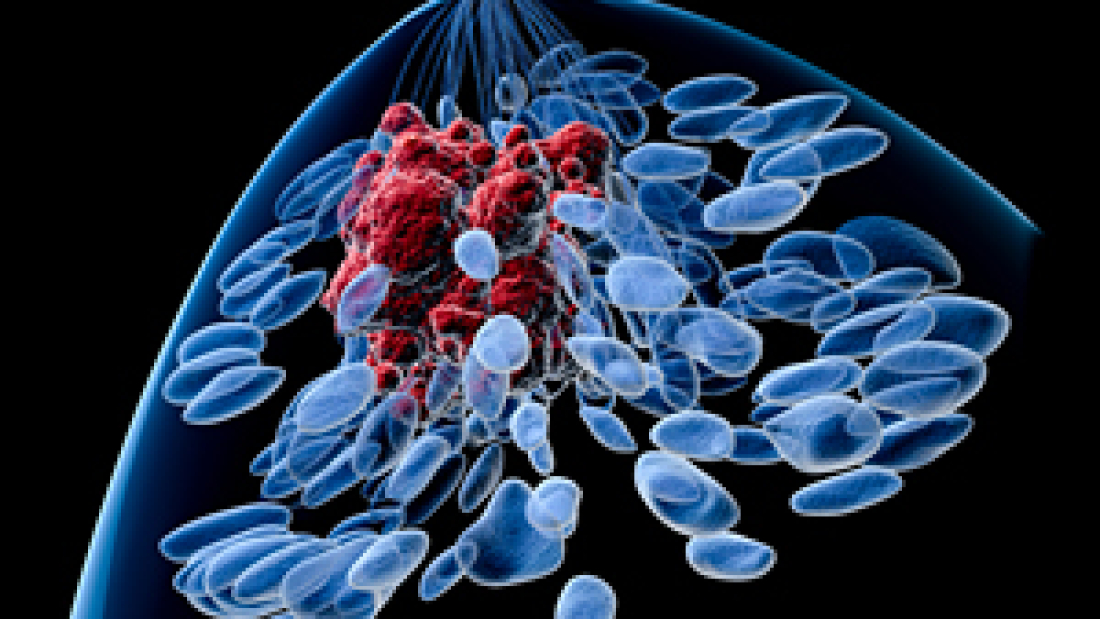Scientists from the Florida campus of The Scripps Research Institute (TSRI) have found new targets for potential intervention in breast cancer. These hormone cancer studies new targets could eventually increase effectiveness and reduce the undesirable side effects associated with current treatments. The study was published online ahead of print by the journal Structure.
Approximately two out of three breast cancers are driven by receptors that bind the hormones estrogen and progesterone—when the hormones bind to these receptors in cancer cells, they signal the cancer cells to grow. What makes the progesterone receptor therapeutically interesting is that it has two activation domains—AF1 and AF2. Normally, both are needed for full activation of the receptor.
“Using hydrogen-deuterium exchange technology, our study pinpoints just how AF2 communicates with AF1—the first evidence of the long-range interaction between these two functional domains,” said Patrick Griffin, a TSRI professor who led the study. “These findings support further research to look for promising small molecules that block that interaction.”
The findings are especially important because in some mutations AF2 is deleted, yet the receptor still drives the cancer using its AF1 domain. Current drugs used for treating these cancers only target the AF2 domain, so with nothing to bind to, they do not work at all. While several studies have shown the importance of AF1, its binding domain is remarkably dynamic, frequently shifting shape and making it difficult to target with drugs.
In the new study, the scientists used an advanced technology known as hydrogen-deuterium exchange mass spectrometry (HDX) to measure the intricate interactions between the AF1 and AF2 domains of the progesterone receptor.
HDX mass spectrometry is a high-precision, high-sensitivity mapping technique that enabled the scientists to determine the specific regions of the receptor that are altered upon interaction. This information was used to infer structural changes that result from the interaction and to probe the conformational flexibility of intact multidomain proteins.
In addition to exploring potential new drugs for breast cancer, the researchers also hope to investigate the implications for prostate cancer, another hormone-driven disease.
“Many features of the androgen receptor are similar to progesterone receptor, as they belong to the same subfamily of steroid receptors,” said Devrishi Goswami, the first author of the study and a member of the Griffin laboratory. “It could work the very same way. So these new insights may also help in finding new approaches to treating hormone-therapy-resistant prostate cancer.”
Source: The Scripps Institute
SUBSCRIBE TO OUR BLOG IN THE RIGHT SIDEBAR MENU TO RECEIVE OUR DAILY BLOG POST DIRECTLY TO YOUR E-MAIL
SUBSCRIBE TO OUR NEWSLETTER TO RECEIVE A MONTHLY MAIL WITH MORE RELEVANT INDUSTRY AND COMPANY NEWS

